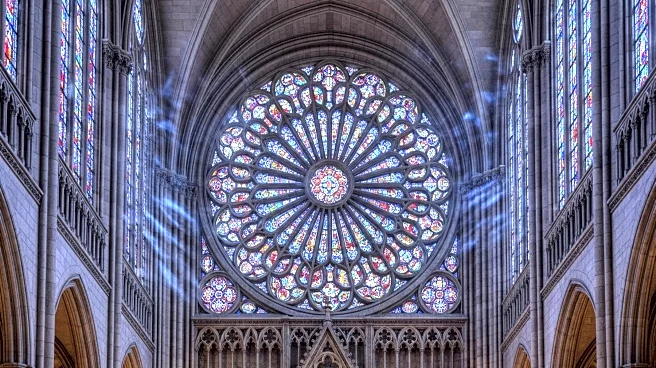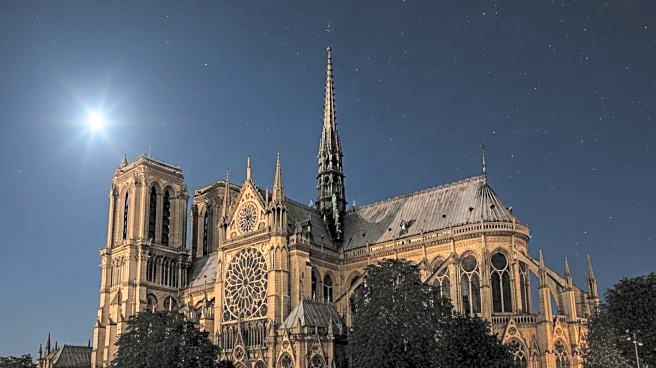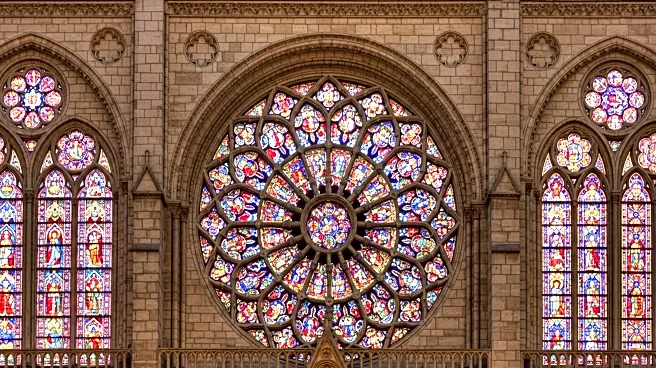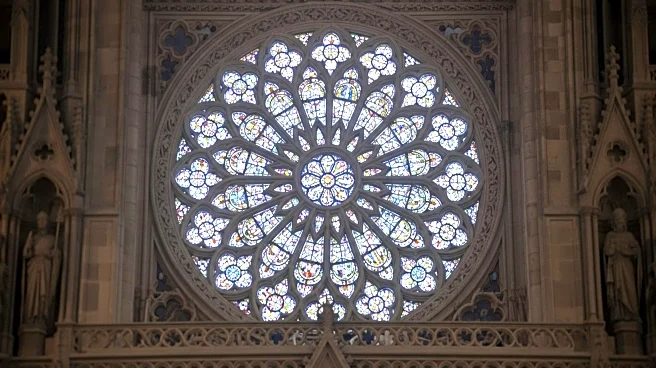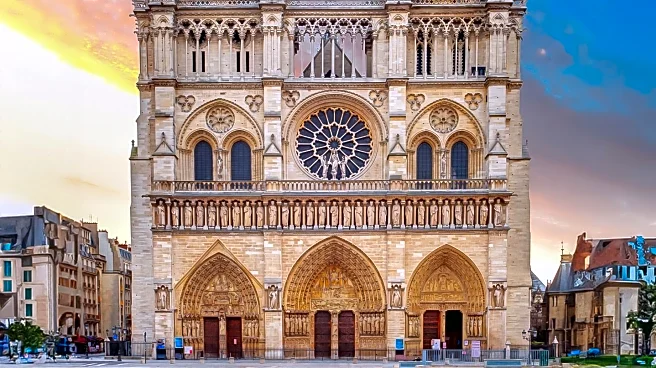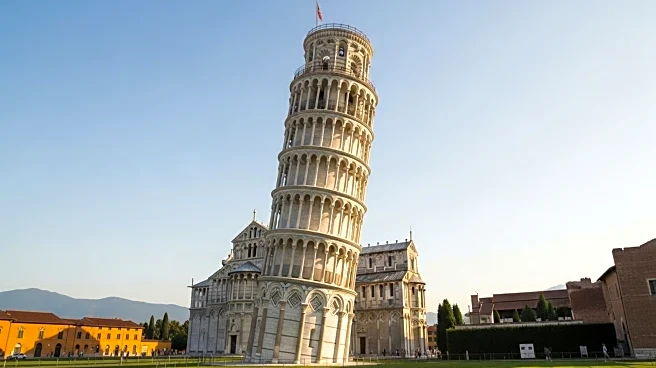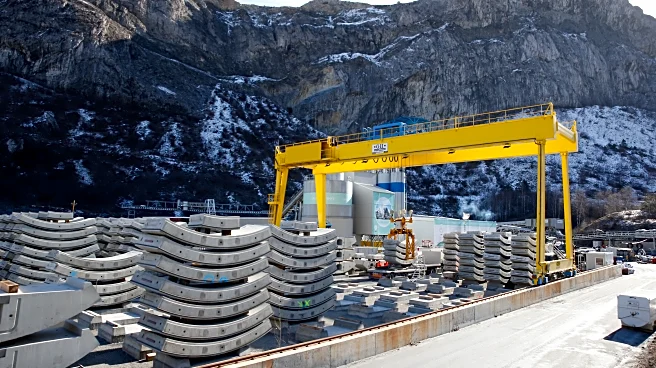Notre Dame Cathedral, a masterpiece of French Gothic architecture, holds many secrets and lesser-known details that contribute to its mystique. From its architectural innovations to its role in historical events, the cathedral has been the subject of various misconceptions and behind-the-scenes stories.
LesserKnown Details
One lesser-known detail about Notre Dame Cathedral is its pioneering use of the rib vault and flying buttress, which allowed for larger windows and higher ceilings. These architectural innovations set a new standard for cathedral construction and influenced the design of many subsequent Gothic structures. Additionally, the cathedral houses three pipe organs, one of which is historic, adding to its unique charm.
Common Misconceptions
A common misconception about Notre Dame Cathedral is that it was completed in a single phase. In reality, its construction spanned nearly two centuries, with various phases contributing to its architectural evolution. Another misconception is that the cathedral's design is uniform; however, the 19th-century restoration led by Eugène Viollet-le-Duc introduced new elements and motifs, resulting in a blend of styles.
BehindtheScenes
Behind-the-scenes stories of Notre Dame Cathedral include its role in inspiring Victor Hugo's novel "Notre-Dame de Paris," which helped revive interest in Gothic architecture. The cathedral's restoration efforts following the 2019 fire are another behind-the-scenes aspect, highlighting the challenges and dedication involved in preserving this cultural landmark.
Why It Matters
Understanding the secrets and lesser-known details of Notre Dame Cathedral matters because it enriches our appreciation of its architectural and historical significance. The cathedral's resilience in the face of challenges, such as the 2019 fire, serves as a powerful symbol of cultural preservation and restoration efforts. These insights contribute to a deeper understanding of Notre Dame's role in French culture and its global impact.
 Discover Daily • 8 min read
Discover Daily • 8 min read 